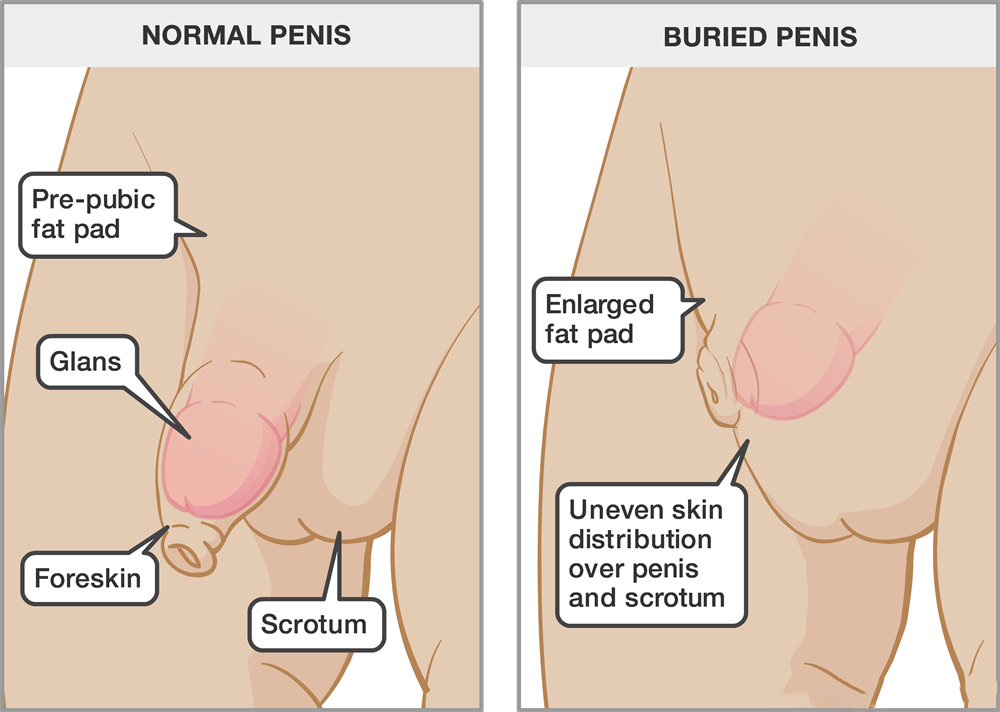Buried penis: surgical management in adults
In these cases, there are often psychological issues, altered self-perception and inadequate sexual education.
The hidden penis belongs to these “false” short penises and is found in overweight individuals. The penis is normal in form and size, but not very visible, or “hidden”: the excess suprapubic adipose tissue surround the base of the penis at the level of the pubis causing its abnormal appearance.
This condition is also known as pseudo-micropenis insofar as it is a normal penis buried in suprapubic fat (particularly in obese young men). The hidden penis, in addition to significant psychological unease, can also case recurrent urinary tract infections. In most cases, a suprapubic lipectomy is carried out, removing suprapubic fat such that the hidden penis may re-emerge.
Buried penis: surgical management in adults Medical Tourism Italy
We have a strict policy about privacy and data usage:
- We will only use your contact information to take care of your case.
- Your phone number or email address will not be shared with any third parties.
- You will speak with a prepared Personal Health Planner with whom you can be 100% honest and upfront about any problem you’re experiencing.
- It is, and it will always be, 100% free.
